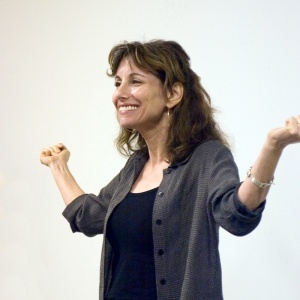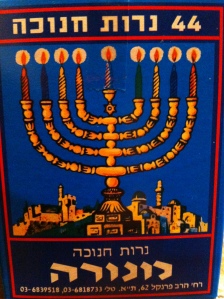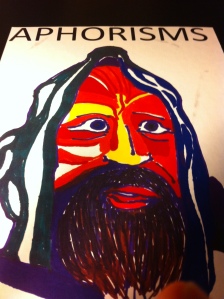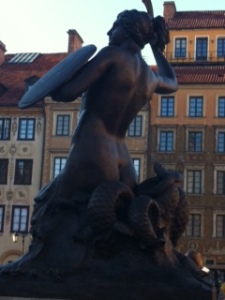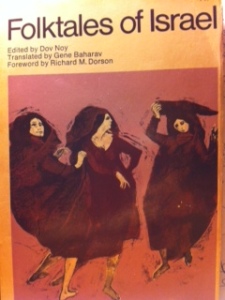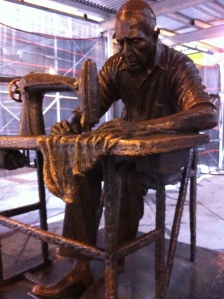 Last week I visited my mother in New York, and we saw three Broadway shows. None of them were huge hits, but the two straight plays featured one or more well-known movie actors, and the musical was about a well-known entertainer. In each case, the theaters housed many hundreds of people. There were a few empty seats, but not many.
Last week I visited my mother in New York, and we saw three Broadway shows. None of them were huge hits, but the two straight plays featured one or more well-known movie actors, and the musical was about a well-known entertainer. In each case, the theaters housed many hundreds of people. There were a few empty seats, but not many.
I mention this because I have produced storytelling shows for well over a decade, and the biggest problem (apart from performer cancellations due to illness, which have plagued me the last couple of years) is getting prospective audience members to take a chance on a show that doesn’t sound like it’s going to be a unique, fabulous, fascinating, once-in-a-lifetime adult theatrical experience.
We have often talked in the storytelling world (yes, there is such a thing) about changing the name of our art form in order to sever the association with children in pajamas and librarians in rocking chairs. I still get questions from prospective employers about what kind of stories I plan to read. Most American audiences (I can’t speak for those overseas) don’t understand what storytelling is, much less that it can be as thrilling, heart-breaking, gorgeous, erotic and terrifying as anything they have ever seen on a stage.
To my mind the biggest reason why we continue to have this problem—besides the association with pajamas and librarians—is the same reason that we professionals don’t want to change the name to something less open to misinterpretation. The beauty of storytelling is that the least educated Appalachian herb-gatherer can tell a story that runs rings around that of the college-educated professor. The power of storytelling is that a grandparent can tell a story to a child that will change her life forever. The magic of storytelling is that a single person of any age, status or intelligence level can move an audience to laughter and tears.
There has been a movement in the visual arts for some time now known as “outsider art.” This applies to the work of those painters or others who are unschooled and yet possess tremendous skill in their chosen art form. The work may appear “primitive”—I put the term in quotes to refer to the artistic tradition known as primitivism, not to denigrate the art—but nonetheless, it is everything a work of art should be: challenging, aesthetically charged, innovative and emotionally expressive, either on the part of the artist, the viewer or both.
The artistic movement is relatively new compared to what we’ve seen in storytelling over the centuries and during the current renaissance of the form. The difference is that the fine art world existed long before outsider art was considered acceptable for galleries and study, whereas “outsider storytelling” was known well before the more elitist performance telling.
These thoughts are part of a long, long debate about storytelling: the term, the future, the marketing. More insights, or questions, to come.
